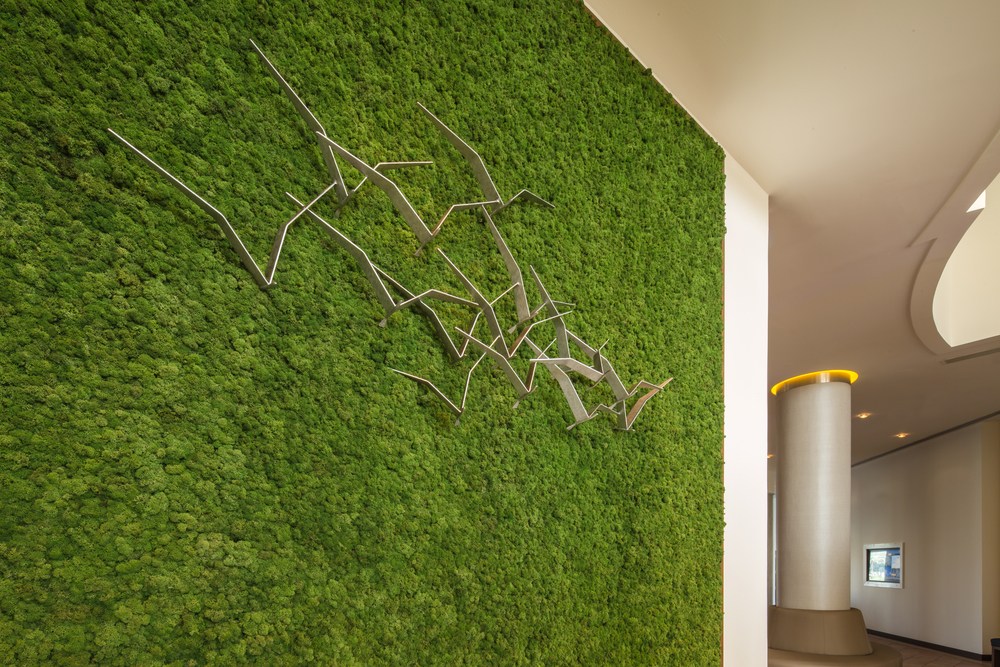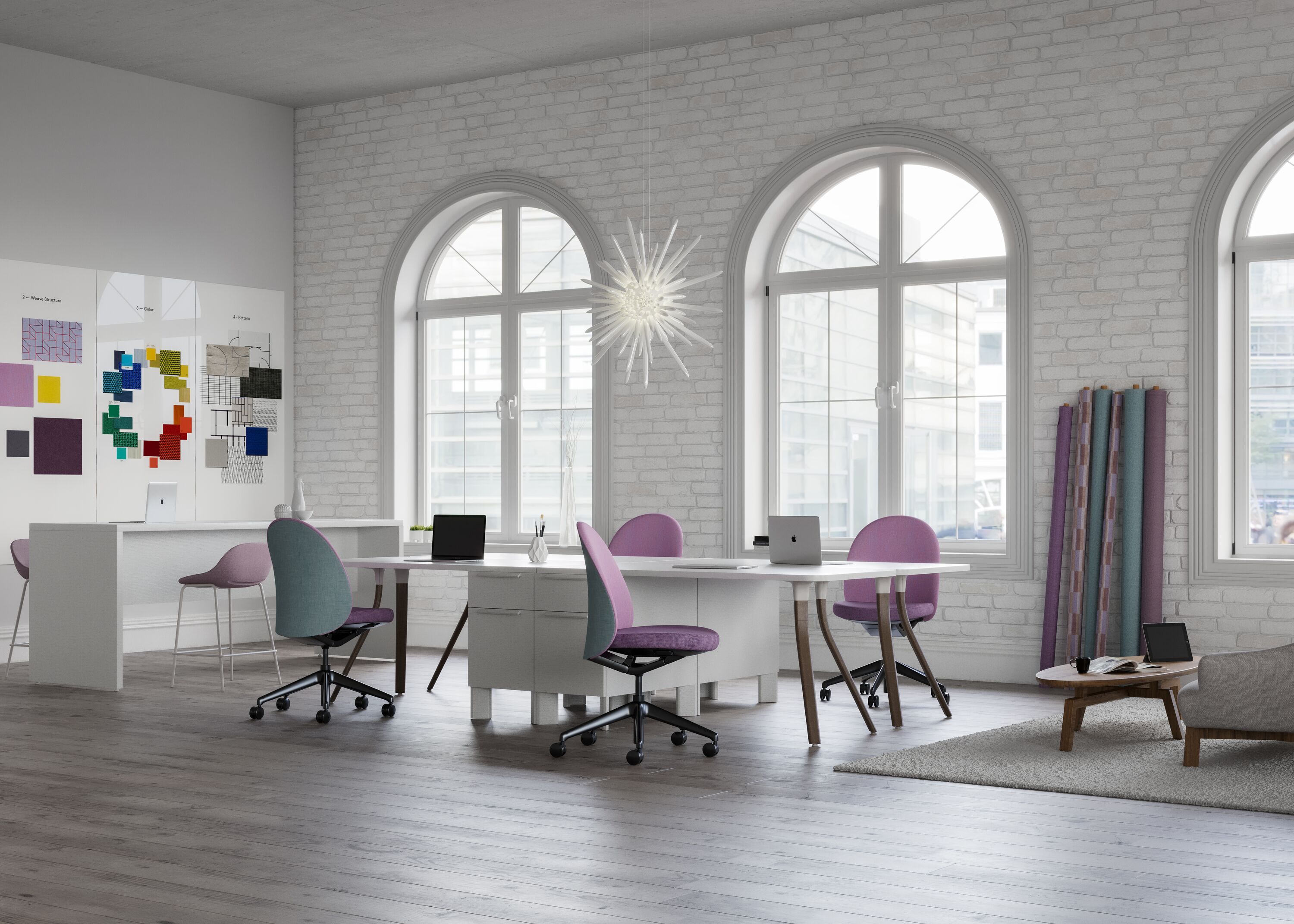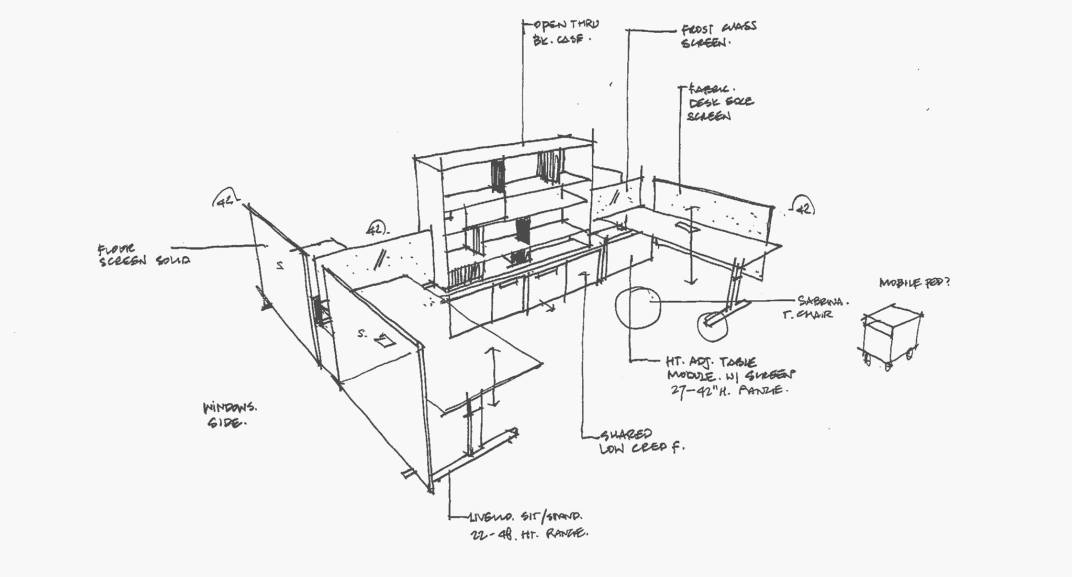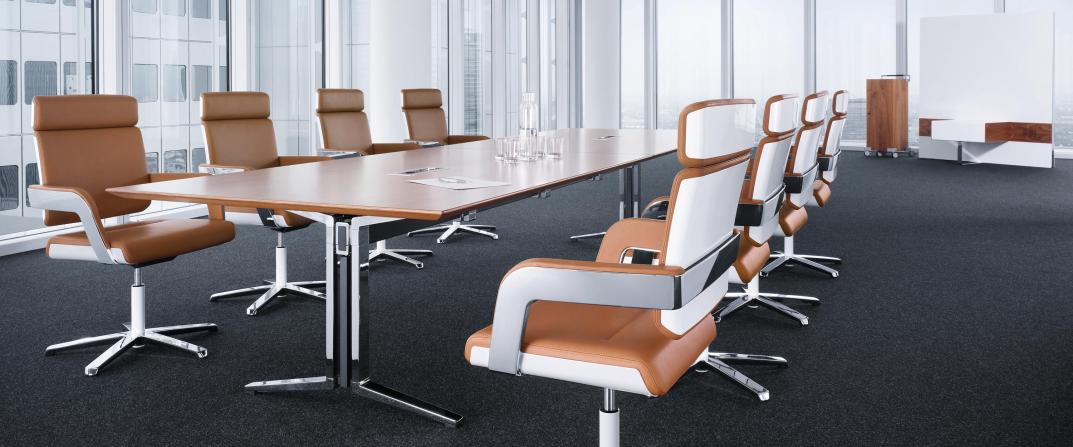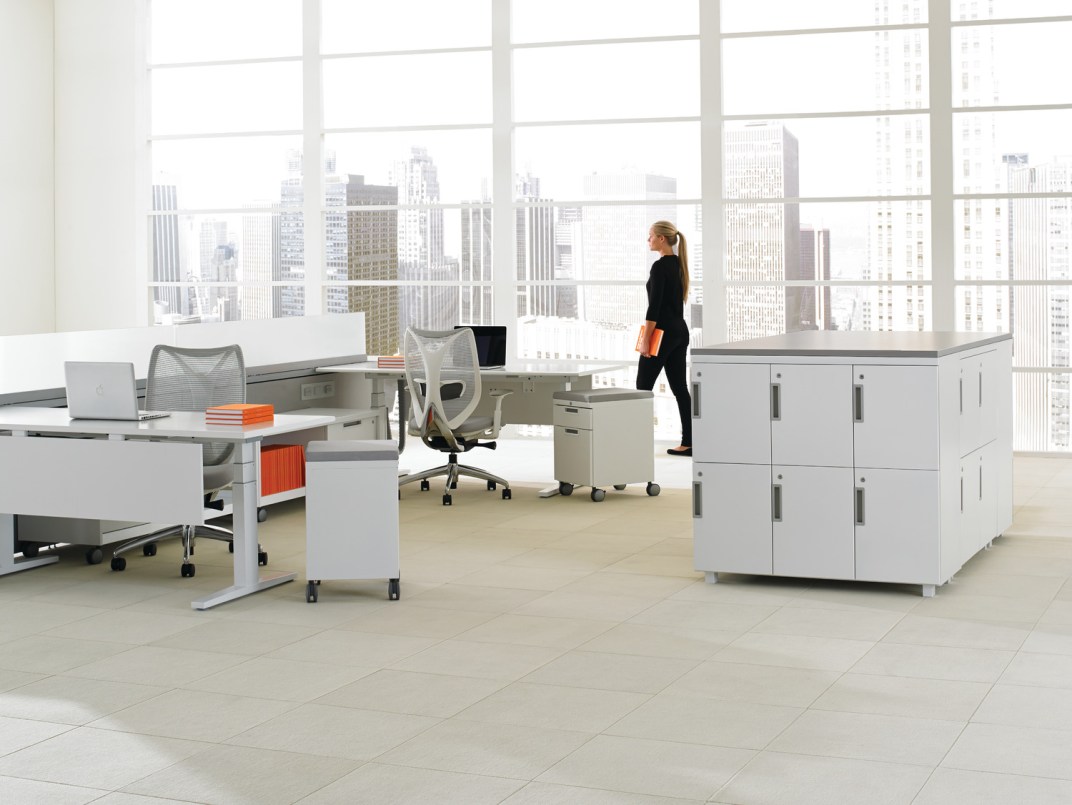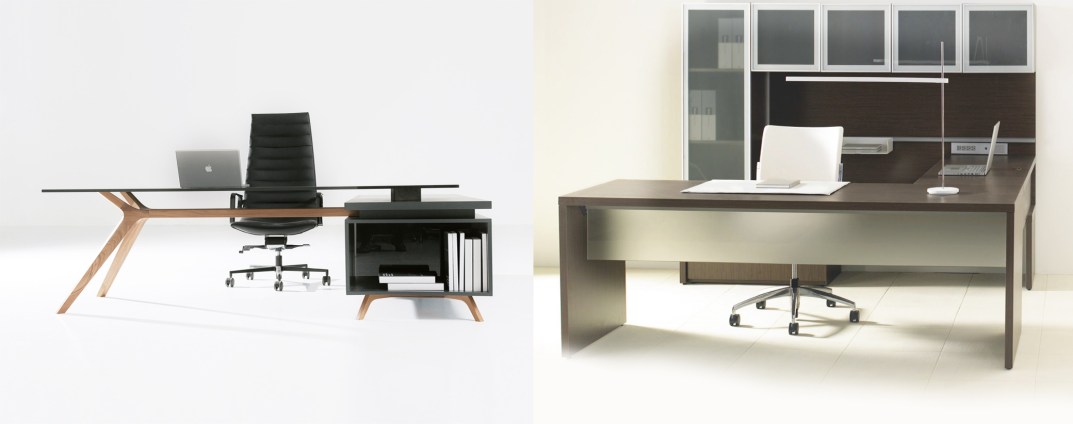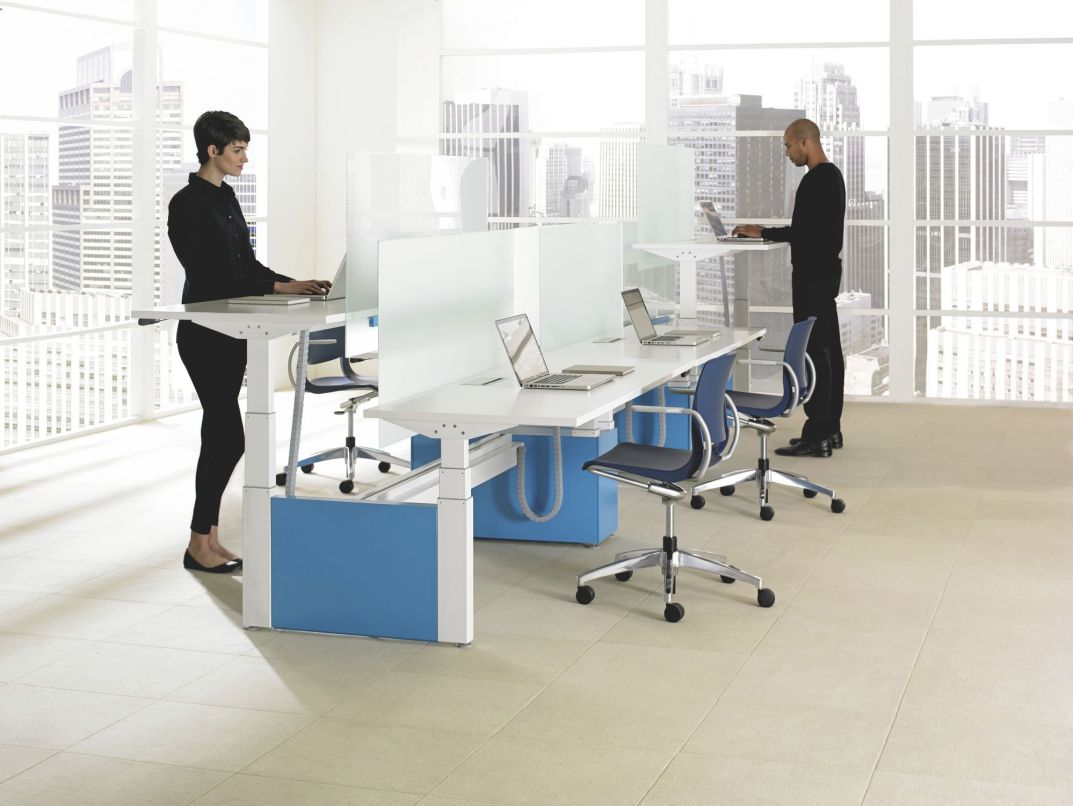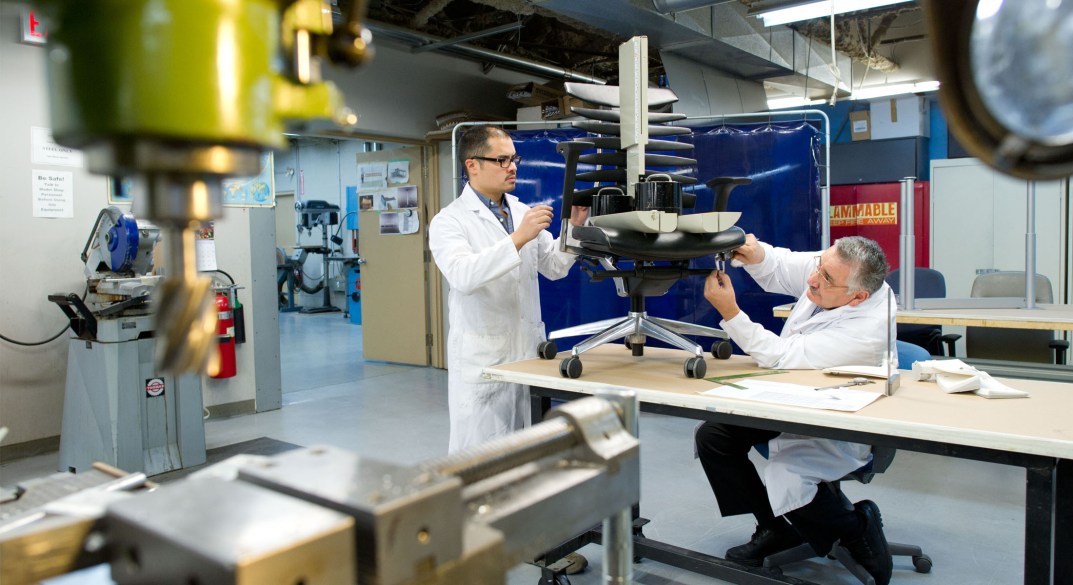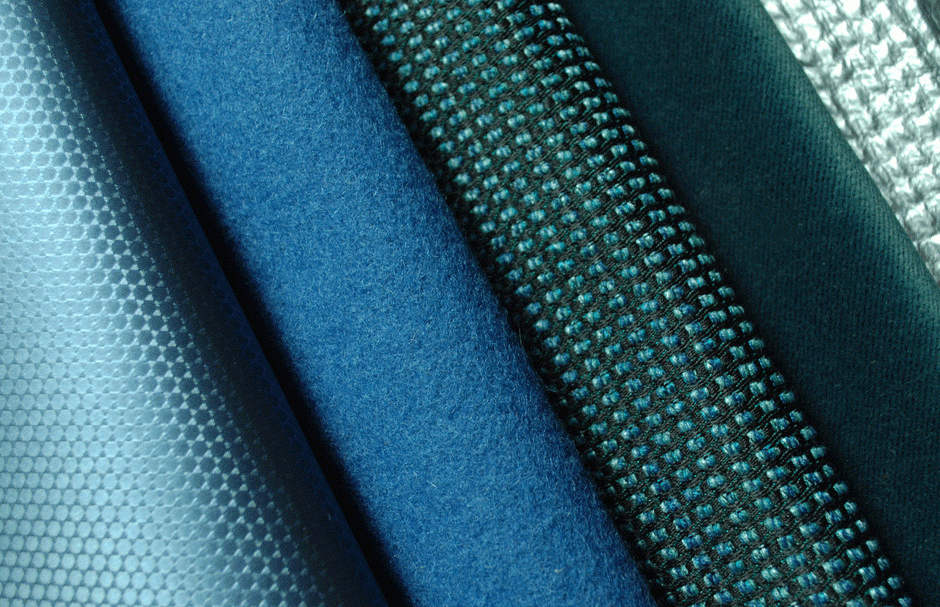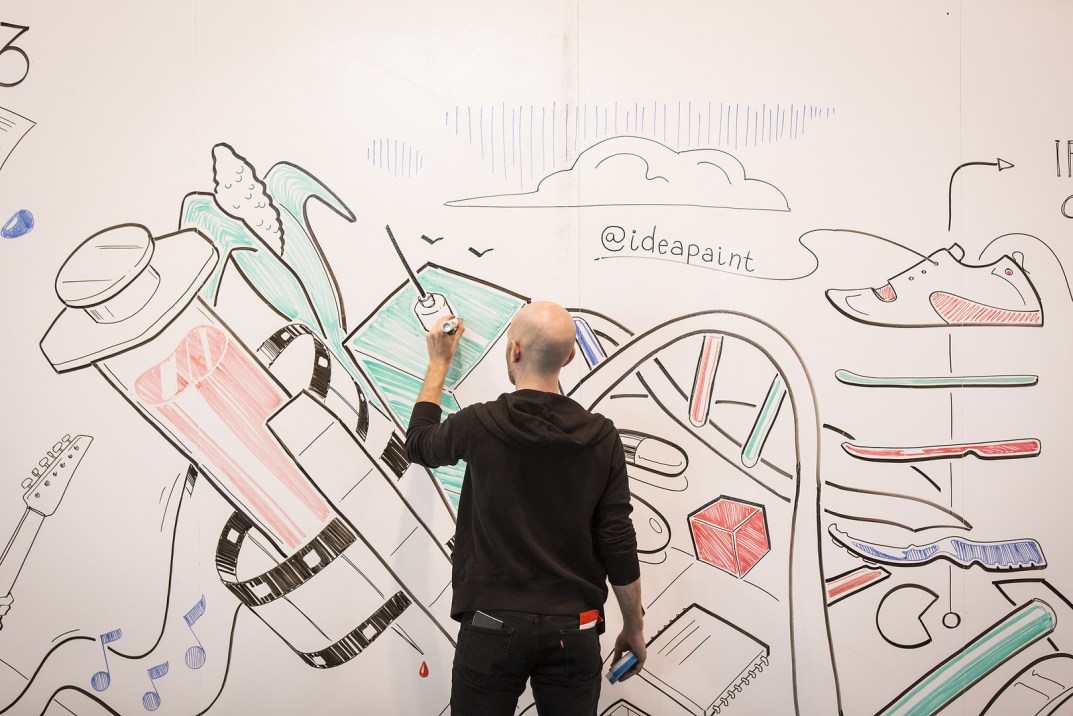Details
Size Does Matter - Part 1
31 May 2016It has always has mattered. Why bring it up now you ask? The majority of customers understand that the size of furniture they buy is important, but aren’t able to quantify the sizes needed. The most common point of reference is the size relative to room size .
Don’t get me wrong though - I’m not saying you should tell you space planner to cram as many desks into your open plan as possible. It’s an office, not a sweatshop ! You may save on the short-term but lose out on the long-term due to losses in employee productivity. That ‘ caged-animal ‘ feeling is terrible - it’s what led to the extinction of the cubicle.
As with most things in life, the perfect office furniture size is subjective and will vary with each individual. So we’ve picked out what we know to work in any space, so you don’t find yourself wondering if it’s too big or too small.
Desk Widths
With workstations, we can go down the rabbit hole and never come out. There are shapes to be considered, ideal ergonomic distances and the like. It’s a tricky one.
The size varies depending on a number of work tools and devices you require or keep on your desk. A large number of items also translates to a need for easy to reach storage - hence a return or storage requirement.
- Without Pedestal - The ideal width would be 1200mm. This is sufficient and provides enough room for movement.
- With Pedestal - The ideal width would be 1400mm to 1600mm. Considering you’d have to accommodate your average pedestal width is 400 mm, you’d need movement space and storage.
Desk Depth
The thumb rule for this would be to select a desk depth so your monitor or laptop screen can be placed at an arm’s length away from your eyes - this can be anywhere between 600 to 800mm. The further the better of course, but at the risk of having unnecessarily large workstations. Go for deeper desks if you require a lot of paperwork and tools at your desk.
Conference Table - Length & Width
Meeting rooms are designed to host at least 4 people at a time, or else they’re pointless. There’s a simple formula that space planners and manufacturers will use to calculate the table lengths, based on the number of people it needs to accommodate. You’d also need to account for the clearance required so there’s enough space for people to move around. Have a look at the below image for a simple calculation.
The clearance or space between the table and the closest obstruction, varies with the size of the room and can be calculated this way :
You first need to make the room can accommodate the number of people. Each user or PAX requires 800mm of space, so
For spaces up to 4800 mm long, minimum clearance is 1070 mm or 3.5 feet all around the table, and 1200 mm or 4 feet is recommended.
For spaces up to 6700 mm long, minimum clearance is 1200 mm or 4 feet around the table, and 1500 mm or 5 feet is recommended.
For spaces over 6700 mm feet , minimum clearance is 1500 mm or 5 feet and 1800 mm or 6 feet is recommended.
Conference Table - V Shapes for video conferences
This is more a shape issue than a size issue, but still important to consider. During video-conferences, you don’t want attendees having to stretch their necks out to be seen or heard during the meeting. Using a regular rectangle shaped meeting table makes video conferences unproductive and just plain odd.
The ideal shape for this would be a V or boomerang shaped table, like the one shown below. Due to the angle extending outwards, when correctly oriented with the camera, all participants in the discussion and brought in line when seen by the viewer on the other side.
For an in-depth breakdown of sizes, have a look at this link.
Bar Stool Heights
The most common assumption is 750 mm being the only accepted bar stool height. In reality, there are three:
- 650 mm for pantry use or kitchen counter
- 750 mm for bar height or workplace
- 900 mm or extra tall height are increasingly being specified to bring an added visual effect to contemporary designs.

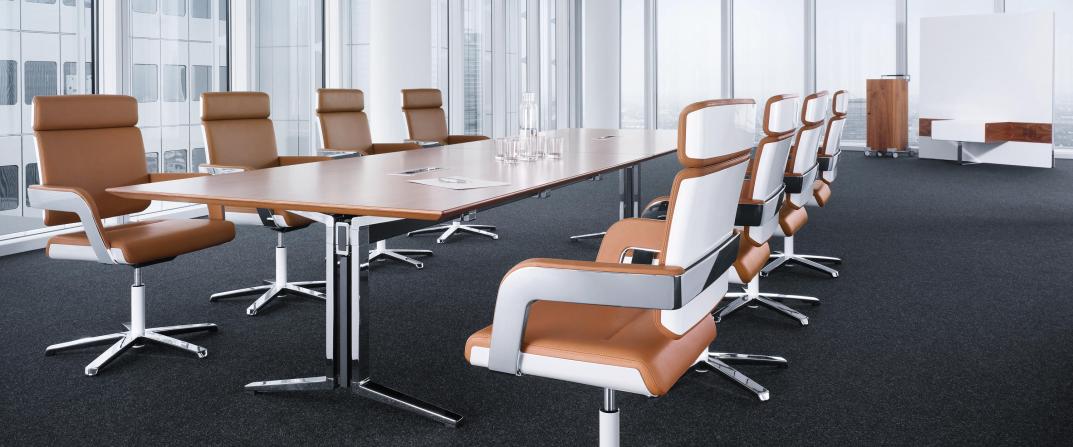




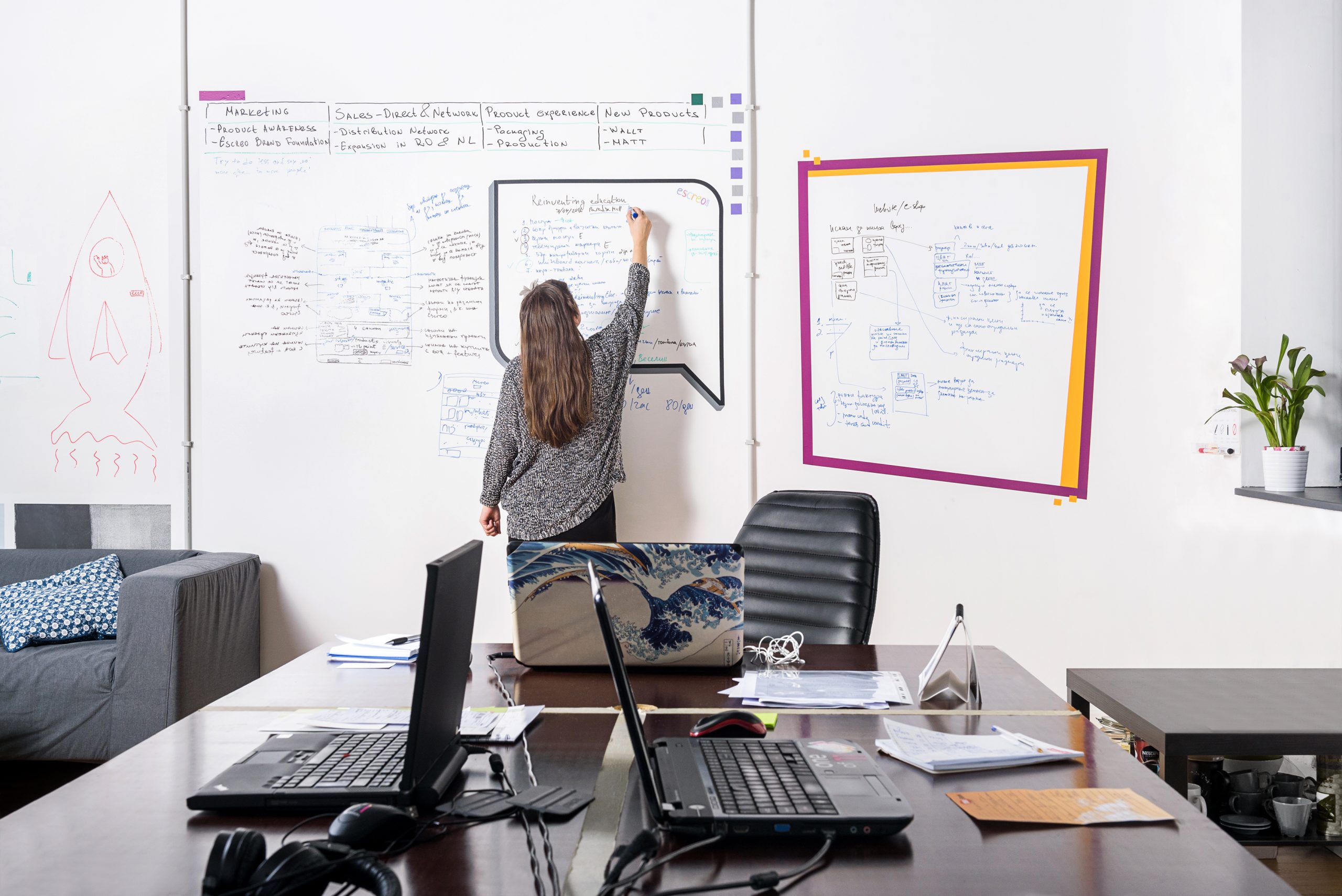
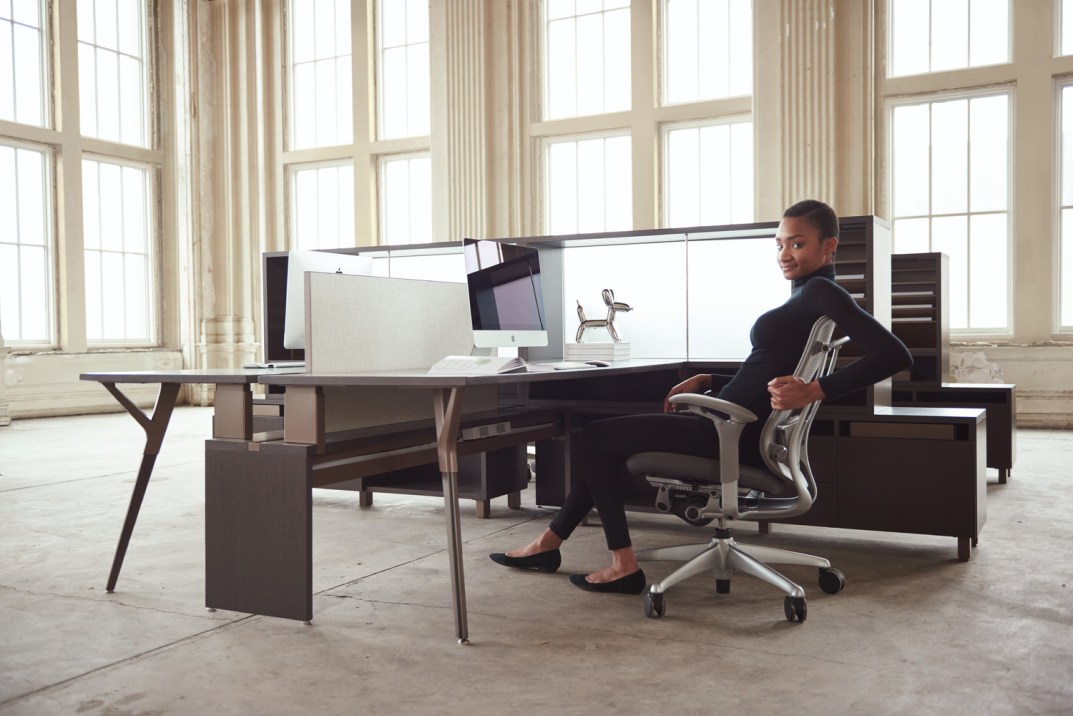
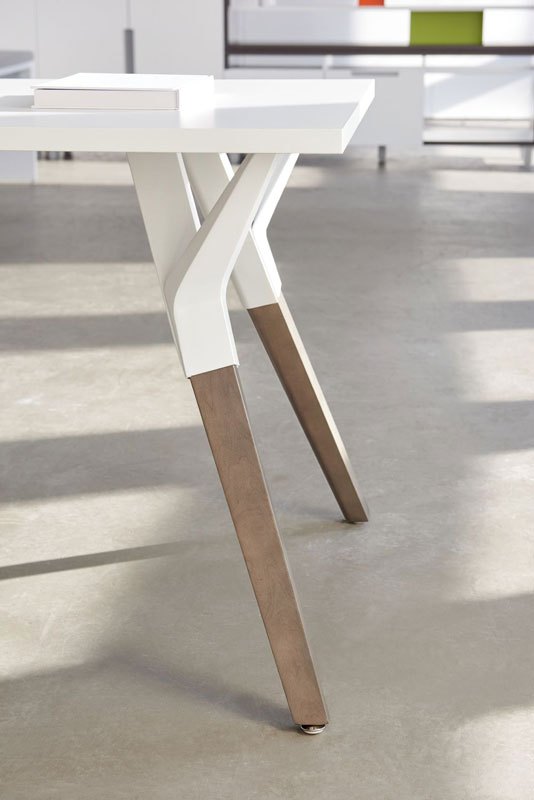
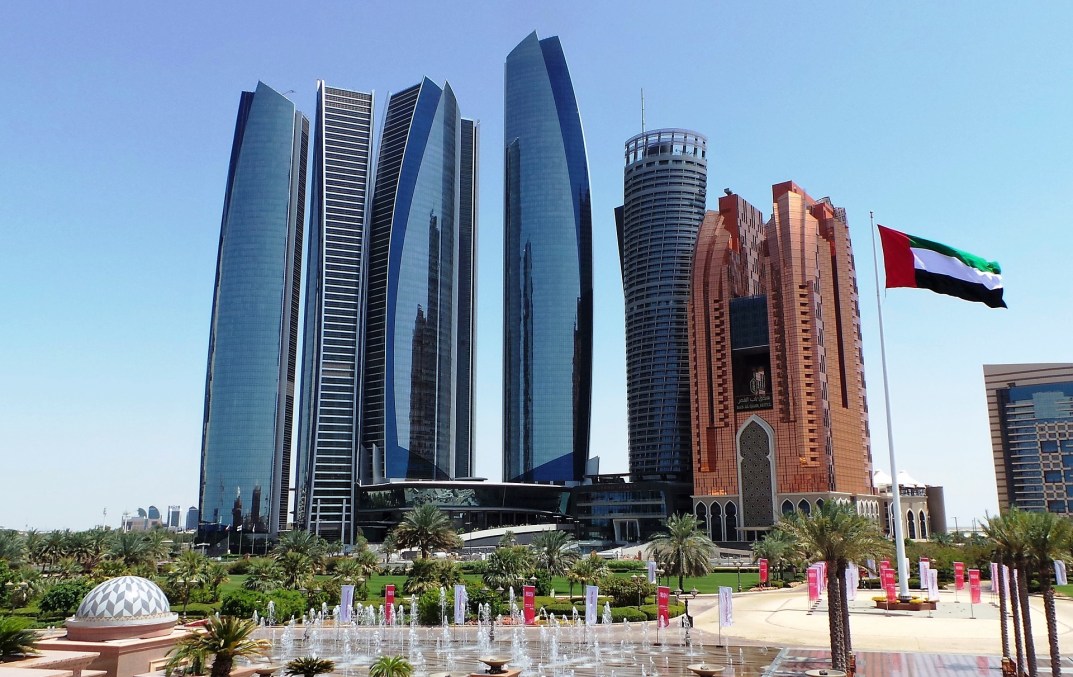
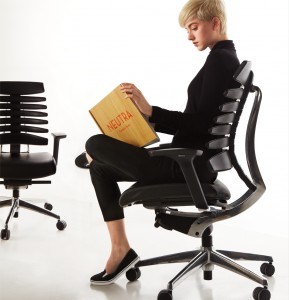
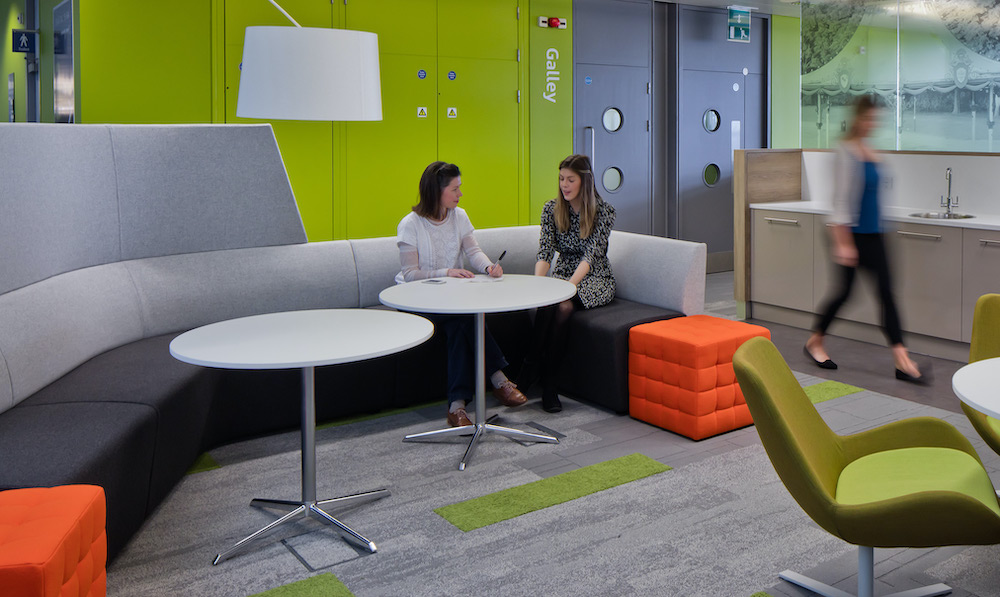
.jpg)
